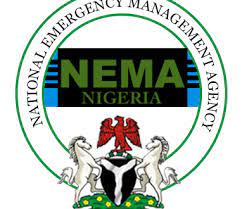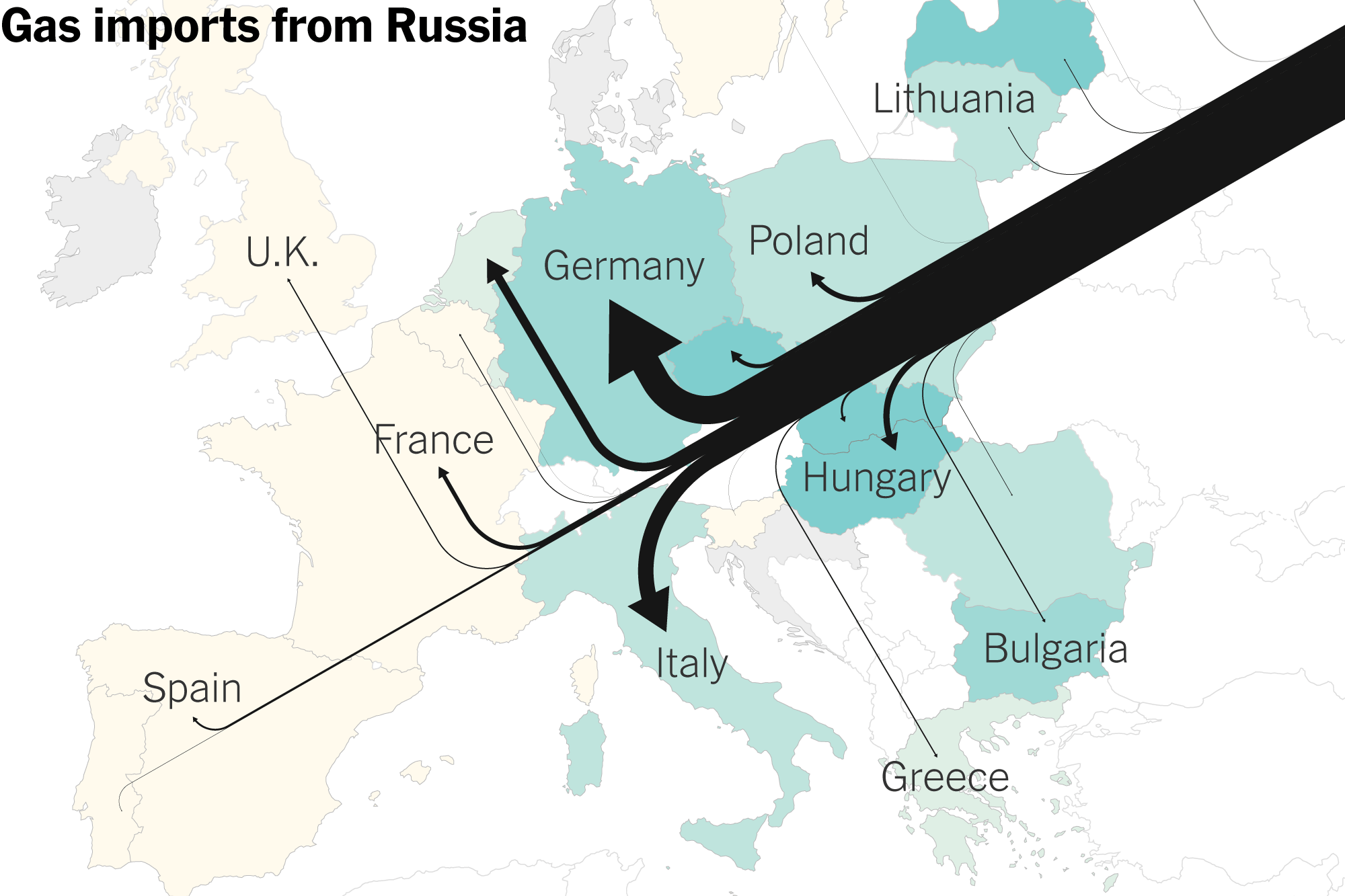The National Emergency Management Agency (NEMA) in Nigeria has issued a crucial warning, urging residents in nine states to prepare for potential flooding as Cameroon prepares to release water from its Lagdo Dam. The states in question are Adamawa, Taraba, Benue, Nasarawa, Kogi, Anambra, Edo, Delta, and Bayelsa.
The Director-General of NEMA, Mustapha Ahmed, delivered this alarming news during a press briefing in Abuja. He revealed that the communities residing along the banks of River Benue in these states could face severe flooding due to the imminent release of water from the Cameroonian dam. This situation is expected to persist until the end of October.
The recent discharge of water from the Lagdo Dam has already caused the displacement of several communities and poses a significant threat to crops and infrastructure. Ahmed emphasized that there has been a sudden surge in inundation in riverine communities and farmlands along the River Niger in Adamawa, Taraba, and Benue states over the past 48 hours.
The swift release of water from the Lagdo Dam in Cameroon is being attributed to this development. Consequently, the affected states could witness a rapid rise in floodwaters along the floodplains of the River Benue. This concerning trend may extend downstream, affecting states like Taraba, Benue, Nasarawa, Kogi, Anambra, Edo, Delta, and Bayelsa, as the River Benue merges with the River Niger on its journey towards the Atlantic Ocean through the Niger Delta.
In light of this imminent threat, NEMA has strongly advised states and local government areas situated along the River Niger and Benue Basins to activate their emergency response plans without delay. This proactive measure is essential to prevent potential damage and losses resulting from the flooding of communities.
The impact of this year’s flooding has already been substantial, affecting a total of 159,157 individuals, with 28 reported fatalities and 48,168 people displaced across 13 states in Nigeria. NEMA remains committed to providing regular updates as additional situation reports become available from agencies such as the Nigeria Hydrological Services Agency (NIHSA), the Nigerian Meteorological Agency (NiMet), and the emergency management agencies of frontline states.




